Super hens or old-fashioned girls: a guide to poultry breeds
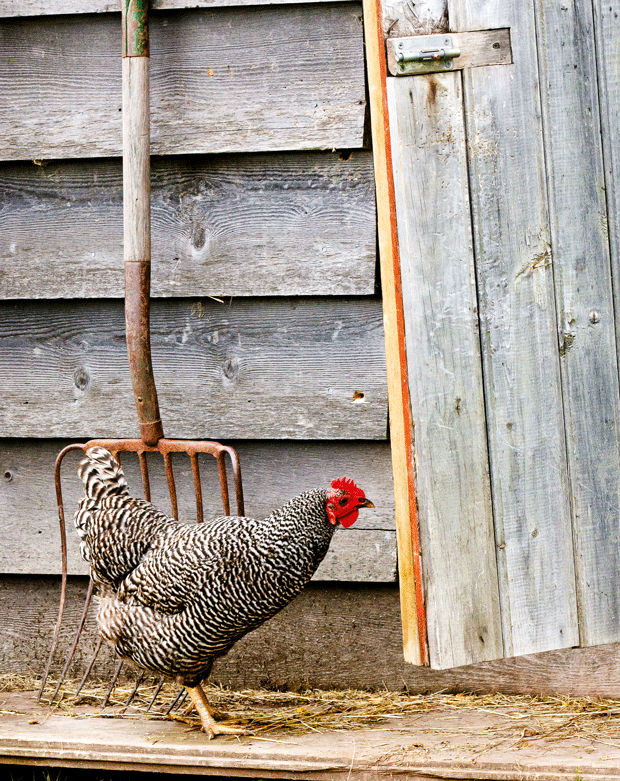
There are the super-efficient commercial hens, or the heritage birds with colour and longevity, but how do you know which bird best suits you?
Words: Sue Clarke
Poultry breeds are separated into the terms light and heavy, commercial and heritage. But what is the practical difference between a light and a heavy breed, or a commercial hybrid and so-called heritage breeds?
The separate breeds have all been developed over time as people have selected breeding birds to emphasise certain characteristics they liked: the colour and/or number of eggs laid in a year, the pattern and colouring of feathers, the ability to lay early in the season or persist in lay through the cooler, darker months, and the ability to turn what a bird eats into egg production or body size for meat.
All of the following terms are classifications of poultry according to their adult size and origins.
LIGHT BREEDS
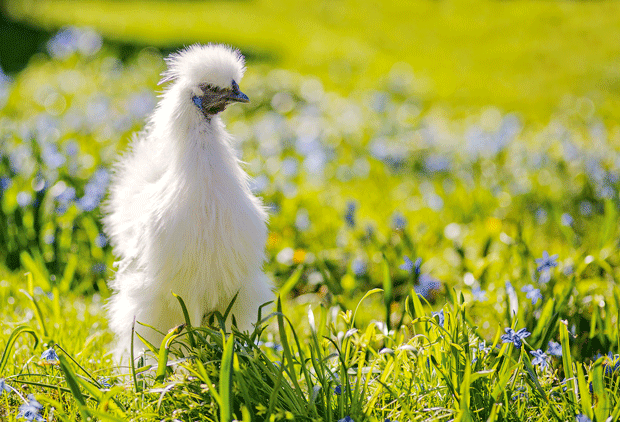
Attributes include:
• lighter in adult weight
• usually of Mediterranean origin
• often referred to as being more highly strung and flighty than the heavy breeds
• tend to have a smaller appetite
• are better able to regulate their appetite to their needs
• lay more eggs than heavier breeds, usually (but not always) white or a lighter beige*
*an exception is the Araucana (South American) which lays blue-green eggs.
Light breeds: Leghorns, Minorcas and Anconas, all originating from southern Europe, eg Spain and Italy; Polish, Campines, Hamburgs, Houdans and Welsummers, originating from further north in Europe; and Silkies, which originated from Asia.
HEAVY BREEDS
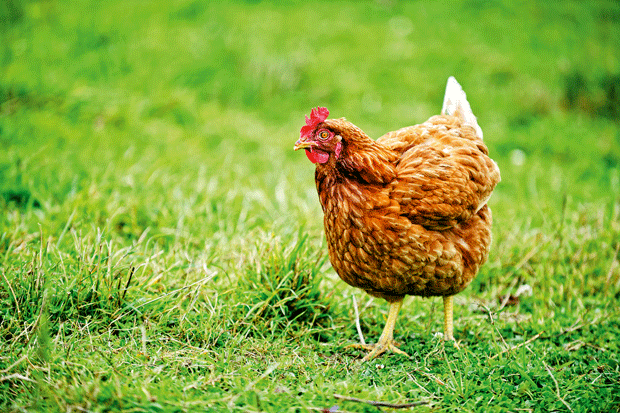
The heavy breeds were mostly developed in the cooler regions of Europe and North America. They tend to the following attributes:
• a mature adult weight of greater than 3kg
• lay brown eggs
• lay fewer eggs annually than a light breed
There are often individuals outside the average. The New Hampshire Red, developed on the eastern seaboard of North America, would be the breed that doesn’t quite conform, being slightly below 3kg as a mature bird and having the ability to be an excellent layer of tinted-to-brown eggs.
Heavy breeds: Plymouth Rock, Wyandotte and Rhode Island Red from North America; the Orpington, Sussex, Cornish and Dorking from Great Britain; the Faverolle, North Holland Blue and Barnevelder from France and Holland; and the Langshan from Asia.
COMMERCIAL BIRDS
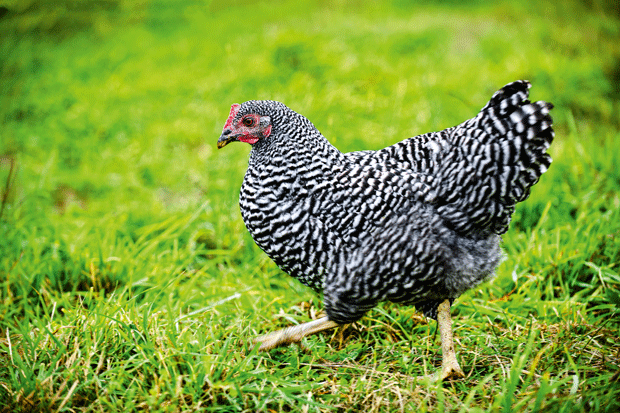
EGGS
The modern commercial hybrids available in NZ – Hyline Browns and Shaver Browns – could also be considered a light breed, although they are a cross of several breeds, basically Leghorn with an infusion of a brown-egged heavy breed. Their mature bodyweight is close to light breeds, and in some cases considerably less. Their nutritional needs are much the same and all are adequately catered for by the commercial feeds available, especially those with higher protein and energy specifications.
MEAT
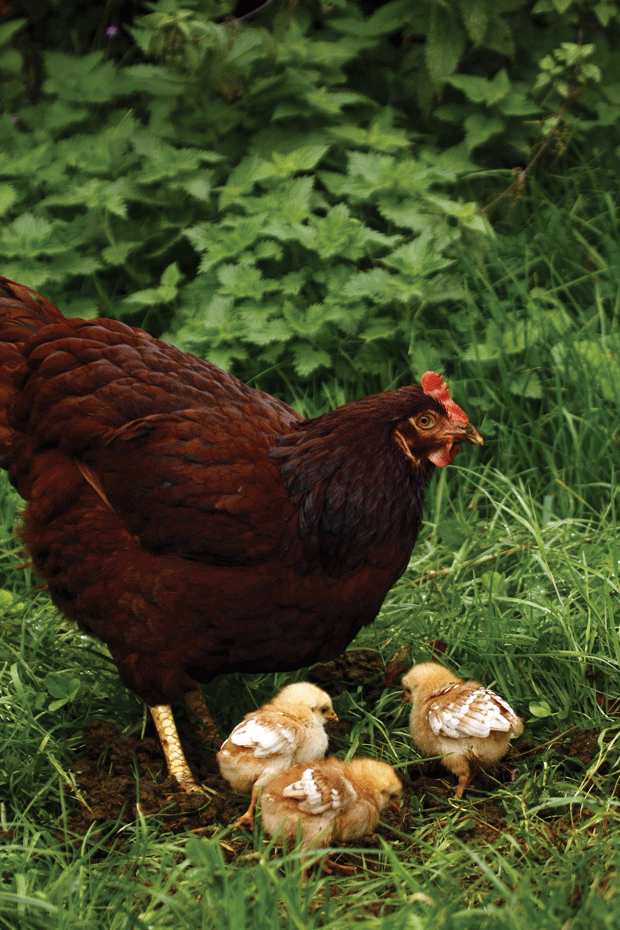
The commercial meat chicken is a hybrid cross of some of the traditional heavy breeds, including the White Plymouth Rock, Cornish, and others, and falls into the heavy breed category.
Prior to the 1940s, all the chicken breeds that we now call ‘heritage breeds’ (or a first cross developed from them) were all that was available, and originated mostly in Europe or North America.
By the 1950s, the strain cross hybrid became the breed of choice for commercial farmers. These were primarily developed by Hyline in North America, by Shaver (ISA Poultry) in Canada, and by Thornbers and Sykes in England.
These birds were either based on high-performing Leghorn strains or a light/heavy cross like the White Leghorn/Rhode Island Red-cross or the heavier dual-purpose cross of Rhode Island Red/Light Sussex. The RIR/LS cross had the benefit of being able to be colour-sexed at hatching, the brown-to-red feathered females entering the laying sheds and the white feathered cockerels being fattened for the table.
In New Zealand and Australia, the White Leghorn crossed with the Australorp hen was one of the most popular choices of poultry farmers producing eggs for sale up until the mid-1970s, when the first imports of Northern Hemisphere hybrids (Hylines and Shavers) were allowed into NZ.
The nutritional needs of egg-laying hybrids, with their smaller appetite and active character, is different compared to the more ponderous, heavy specialist meat birds. Specialist diets have been developed accordingly.
DUAL-PURPOSE BIRDS
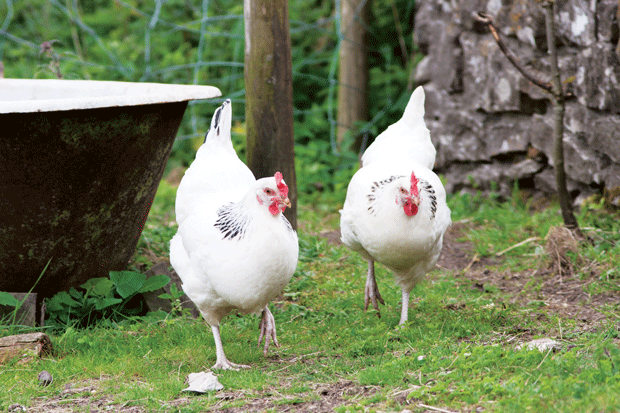
The light breeds tend to be egg layers only and aren’t renowned for their eating qualities, but many of the heavy breeds are known as dual-purpose breeds as they are good for both laying and eating. For example, the original Light Sussex and Rhode Island Reds, or a cross of the two breeds, were developed in the early 1900s as dual-purpose birds, and some strains were also excellent layers.
In the 1940s, lighter Leghorn hybrids were developed for the production of table eggs as both intensive housing and commercially-made feed became popular. These birds were carefully bred for their feed-to-egg conversion rate (eg, smallest amount of feed for the most eggs possible), not for longevity, which is why commercial hybrids don’t tend to be long-lived, but in their first 1-2 years are outstanding layers.
Some heavy breeds are very poor layers, their genetics working to lay down a great deal of muscle, like the Cornish and Indian Game breeds.
The creation of the commercial layer and the broiler chicken has meant dual-purpose breeds have lost favour, unable to compete against specialist egg layer and meat birds selected for the extreme ends of productivity, as has happened with dairy and beef cattle breeding.
Selection for growth and productivity is often the opposite to fertility so high egg producers are fertile and high meat producers are not-so-fertile. Along with a difference in body size, there is a big difference in metabolism and the nutritional requirements for these birds to function at their most efficient. Knowledge of the nutritional needs of poultry has come a long way in the last 100 or so years, and more rapidly in the last 50 years.
There is a greater understanding of the nutrient requirements of the birds, and the ability to analyse the make-up of foodstuffs and to test each seasonal batch of ingredients for protein and energy levels. This has meant nutritionists can formulate diets to suit both the age and type of stock (eg the efficient diet of the egg layer vs the higher protein diet of the meat producer).
Love this story? Subscribe now!
 This article first appeared in NZ Lifestyle Block Magazine.
This article first appeared in NZ Lifestyle Block Magazine.

